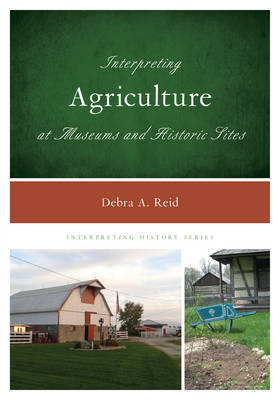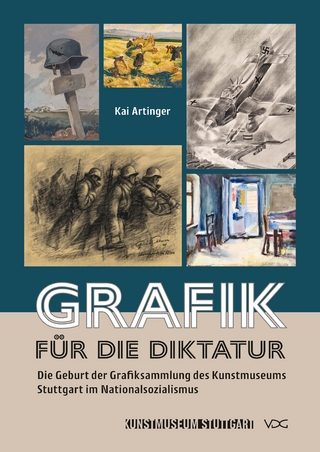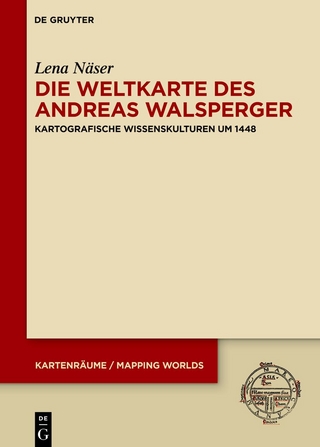
Interpreting Agriculture at Museums and Historic Sites
Rowman & Littlefield (Verlag)
978-1-4422-3011-8 (ISBN)
Debra A. Reid is curator of agriculture and the environment at The Henry Ford, and professor emeritus in the Department of History and Historical Administration Graduate Program at Eastern Illinois University. Since 2006 she has also served as adjunct professor at the University of Illinois in the College of Agricultural, Consumer and Environmental Sciences.
Foreword – Tom Kelleher
Part 1: Developing Interpretation with an Agricultural Perspective
Chapter 1 Interpreting Agriculture: Introduction to Terms and Themes
Chapter 2 Once a Field, now Suburbia: Interpreting Agriculture in Any Context
Chapter 3 Agriculture: Developing a Humanist Point of View
Chapter 4 Agriculture and Historical Thinking
Part 2: Agriculture in Time and Place: Research as the Foundation for Interpretation
Chapter 5 Documenting Agriculture in Two Dimensions: Background Research
Chapter 6 Documenting Agriculture in Three Dimensions: Artifacts
Research Summaries:
Chapter 7 You Can’t Eat Gold: Agriculture in Early Colorado City, 1858-1867, Carol Kennis Lopez
Chapter 8 Changes in Corn-Belt Crop Culture: Iowa, 1945-1972, J.L. Anderson
Chapter 9 A Curator’s Legacy, William S. Pretzer
Part 3: Thematic Studies to Inform Localized Agriculture Interpretation
Chapter 10 Roads and Bridges in Rural Agricultural Interpretation, Cameron L. Saffell and Debra A. Reid
Chapter 11 Horses, Harness, and Transport: Informing Interdisciplinary Interpretation, Barbara Corson, VMD
Chapter 12 Livestock in Agricultural Interpretation, Jonathan D. Kuester and Debra Reid
Chapter 13 Sex, Drugs, and GMOs: Crops and Agricultural Interpretation
Part 4: Developing Interpretation
Chapter 14 Interpreting Agriculture: A Multi-Step Sequential Process
Chapter 15 Case Study – Interpreting Rural Life in El Paso, Texas, Cameron L. Saffell
Chapter 16 Case Study: An Exhibit – Reaper: Nettie Fowler McCormick and the Machine that Built Tusculum College, Peter M. Noll
Conclusion
Appendix: Links to Useful Information
| Erscheinungsdatum | 02.02.2017 |
|---|---|
| Reihe/Serie | Interpreting History |
| Verlagsort | Lanham, MD |
| Sprache | englisch |
| Maße | 179 x 256 mm |
| Gewicht | 576 g |
| Themenwelt | Kunst / Musik / Theater |
| Geisteswissenschaften ► Geschichte ► Hilfswissenschaften | |
| Wirtschaft ► Betriebswirtschaft / Management | |
| Weitere Fachgebiete ► Land- / Forstwirtschaft / Fischerei | |
| ISBN-10 | 1-4422-3011-8 / 1442230118 |
| ISBN-13 | 978-1-4422-3011-8 / 9781442230118 |
| Zustand | Neuware |
| Informationen gemäß Produktsicherheitsverordnung (GPSR) | |
| Haben Sie eine Frage zum Produkt? |
aus dem Bereich


